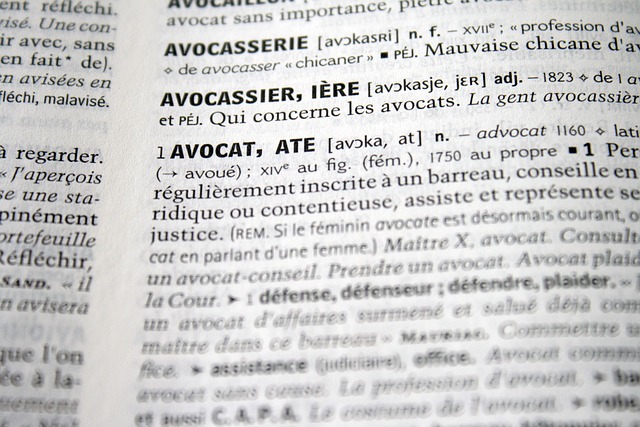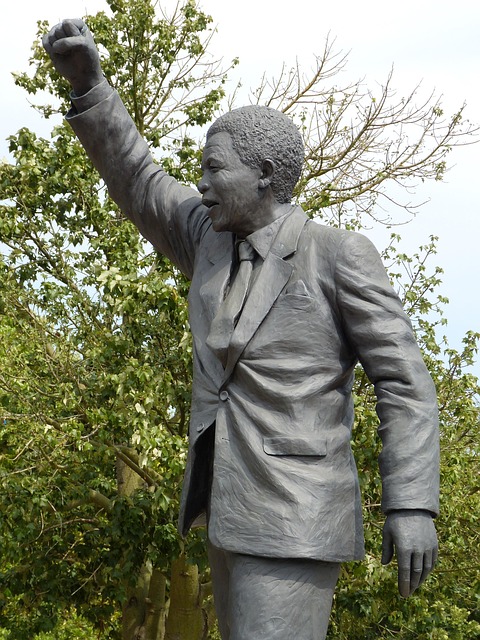Millennial DUI Awareness Campaigns address unique challenges faced by young drivers (1981-1996) who may be influenced by digital media and peer pressure. These campaigns aim to bridge knowledge gaps, promote safer driving behaviors, and reduce DUIs through innovative strategies like social media engagement, interactive online content, and peer-to-peer education. Leveraging platforms like Instagram and TikTok, partnering with influencers, and tailoring messages to Millennials' values increases campaign reach and effectiveness. Post-campaign evaluation measures success and identifies areas for improvement to enhance DUI prevention efforts.
Millennials, born between 1981 and 1996, face unique challenges when it comes to DUI (driving under the influence) trends. This generation’s habits and attitudes towards alcohol consumption differ significantly from previous generations, creating knowledge gaps that contribute to higher DUI rates. Understanding these millennial DUI trends is crucial for designing effective awareness campaigns. By uncovering common loopholes in current strategies, this article explores the impact of awareness gaps on young drivers and offers actionable campaign strategies to bridge these knowledge divides, ultimately aiming to reduce millennial DUIs through targeted educational initiatives.
- Understanding Millennial DUI Trends: Uncovering Common Loopholes
- The Impact: How Gaps in Awareness Affect Young Drivers
- Effective Campaign Strategies to Bridge the Knowledge Gap
- Post-Campaign Evaluation: Measuring Success and Identifying Remaining Challenges
Understanding Millennial DUI Trends: Uncovering Common Loopholes

Millennials, born between 1981 and 1996, are a demographic group that faces unique challenges when it comes to driving under the influence (DUI) of alcohol or drugs. Understanding their DUI trends involves delving into the motivations and behaviors that contribute to risky driving habits. Research indicates that Millennials may be less likely to perceive the consequences of DUI as severe due to a combination of factors, including a desire for immediate gratification, peer pressure, and a lack of personal connections to the negative impacts of DUI.
Common loopholes in Millennial DUI trends often stem from gaps in education and awareness campaigns. Traditional approaches to DUI prevention may not effectively reach this generation, who are used to personalized, digital interactions. Millennial DUI Awareness Campaigns need to evolve to include innovative strategies such as social media engagement, interactive online resources, and peer-to-peer education programs. By understanding the unique challenges and leveraging appropriate communication channels, these campaigns can close loopholes, promote safer driving behaviors, and ultimately reduce the number of Millennial DUIs.
The Impact: How Gaps in Awareness Affect Young Drivers

Gaps in awareness regarding drunk driving can have severe consequences, especially among young drivers. Millennials, born between 1981 and 1996, often face unique challenges when it comes to understanding the risks associated with operating a vehicle while impaired. Unlike previous generations, this demographic has grown up with digital media and social norms that sometimes glamorize risky behaviors, which can cloud their judgment regarding the seriousness of DUI (driving under the influence). As a result, they may be more prone to making impulsive decisions behind the wheel without fully comprehending the potential outcomes.
These awareness gaps are particularly concerning because young drivers already face higher rates of DUI-related accidents and fatalities. Effective Millennial DUI Awareness Campaigns play a crucial role in bridging these knowledge divides by utilizing modern communication channels and relatable messaging. Such campaigns can help educate young people about the legal repercussions, personal risks, and long-term impacts of drunk driving, fostering a culture of responsibility and safety on the roads.
Effective Campaign Strategies to Bridge the Knowledge Gap

Millennial DUI Awareness campaigns must be tailored to reach this demographic effectively, as they pose unique challenges in terms of engagement and knowledge gaps. Utilising social media platforms like Instagram and TikTok, which are favoured by Millennials, can significantly enhance campaign visibility and impact. Short, captivating videos and interactive content that highlight the consequences of driving under the influence can grab their attention and convey vital information.
Additionally, partnering with influencers or creating peer-led initiatives can foster a sense of community and trust, encouraging open dialogue about responsible drinking and driving. Personalised messaging that resonates with Millennials’ values, such as safety, responsibility, and social awareness, is key to bridging the knowledge gap. These strategies, combined with traditional outreach methods, will help ensure that Millennial DUI Awareness campaigns are both informative and impactful.
Post-Campaign Evaluation: Measuring Success and Identifying Remaining Challenges

Post-campaign evaluation is a critical step in understanding the impact and effectiveness of Millennial DUI Awareness Campaigns. By measuring key performance indicators, such as reach, engagement, and behavioral changes, organizers gain valuable insights into what worked well and where improvements are needed. This process involves collecting and analyzing data from various sources, including survey responses, social media analytics, and crash report reviews.
Identifying remaining challenges is an essential part of this evaluation. Despite the campaign’s success in raising awareness among Millennials, certain gaps may persist. These could include target audience segmentation issues, inadequate messaging or communication strategies, or limited access to at-risk populations. By addressing these challenges through targeted interventions and refining future campaigns, organizations can ensure more significant and lasting impacts on DUI prevention efforts.
Millennial DUI trends reveal a pressing need for targeted awareness campaigns that address specific loopholes in knowledge. By understanding common gaps, we can design effective strategies to educate young drivers and reduce risky behaviors behind the wheel. Post-campaign evaluations are crucial to measure success and identify areas that require further attention, ensuring continuous improvement in Millennial DUI Awareness Campaigns. This collaborative effort not only saves lives but also fosters a culture of responsible driving among millennials.






